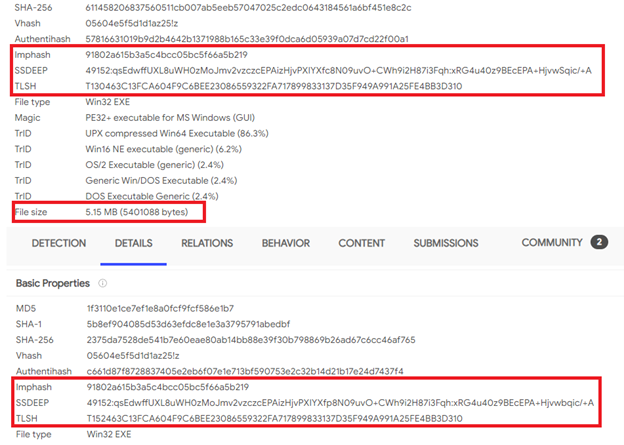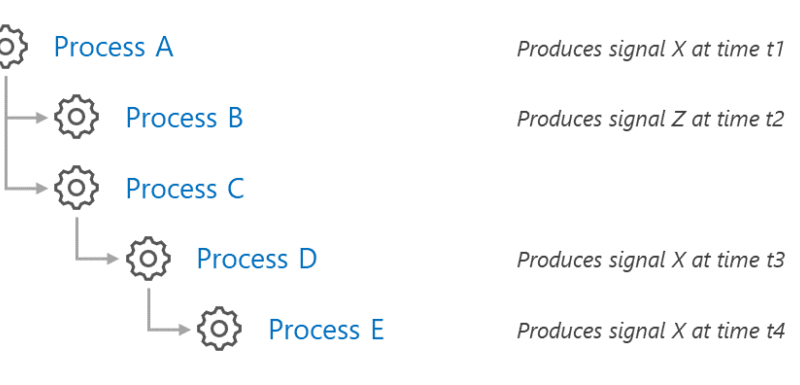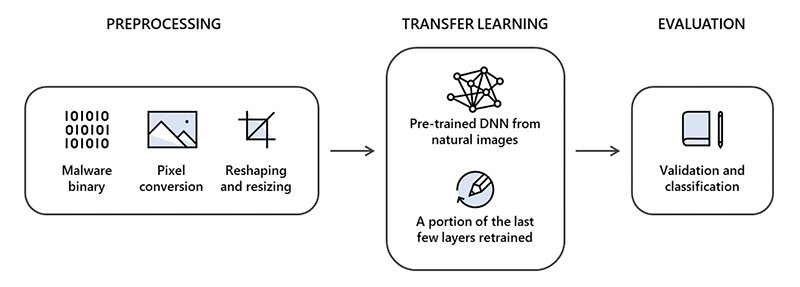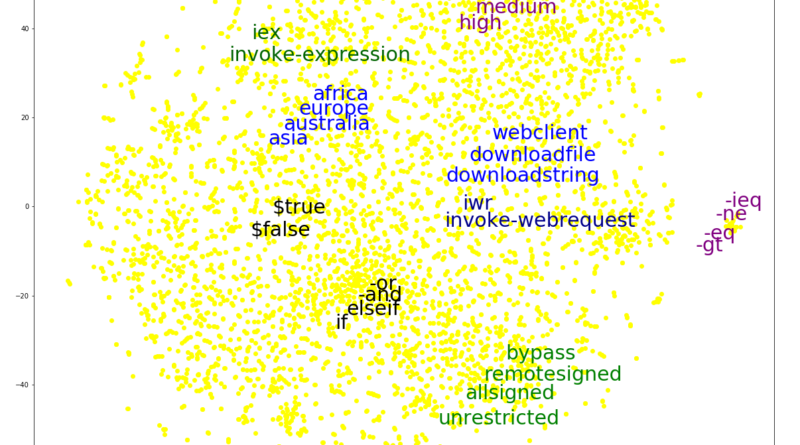Combing through the fuzz: Using fuzzy hashing and deep learning to counter malware detection evasion techniques
A new approach for malware classification combines deep learning with fuzzy hashing. Fuzzy hashes identify similarities among malicious files and a deep learning methodology inspired by natural language processing (NLP) better identifies similarities that actually matter, improving detection quality and scale of deployment.
The post Combing through the fuzz: Using fuzzy hashing and deep learning to counter malware detection evasion techniques appeared first on Microsoft Security Blog. READ MORE HERE…




